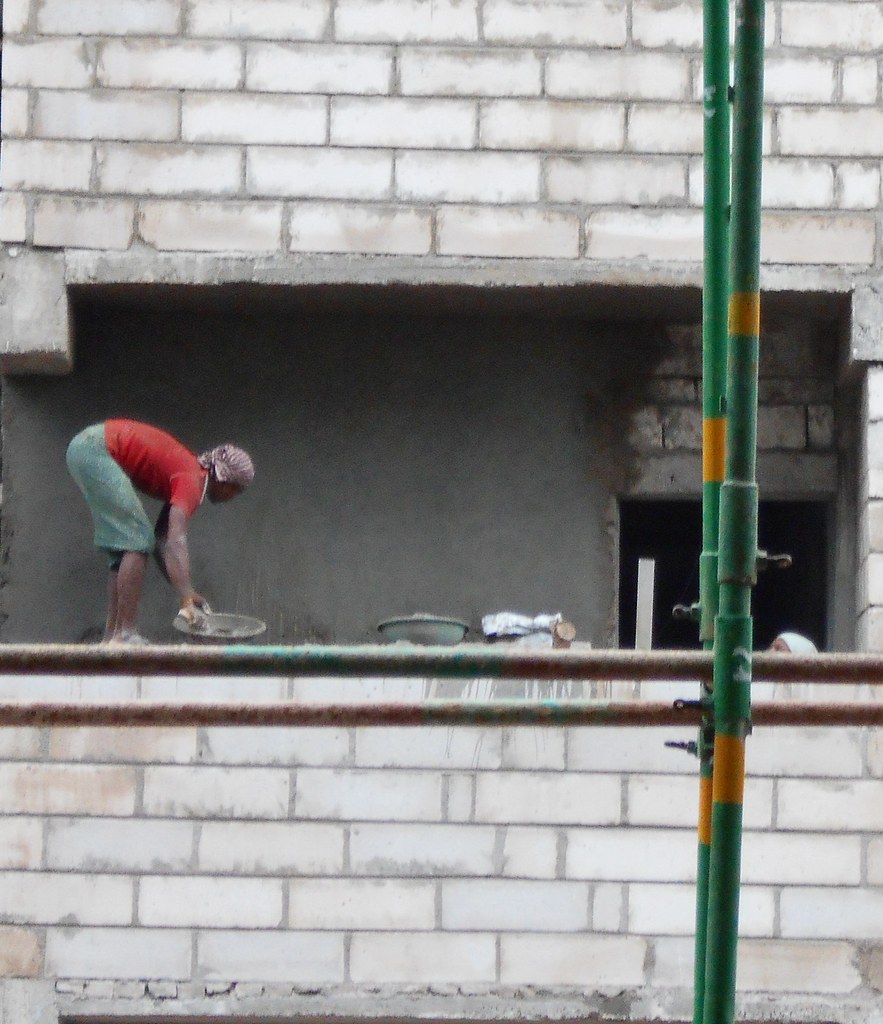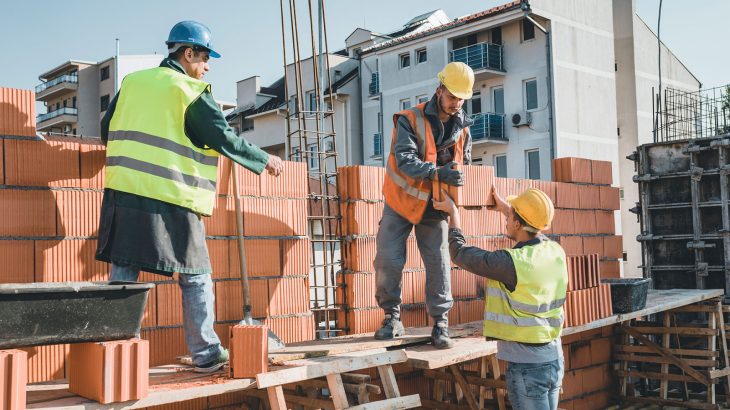The search for novel and efficient building materials never ends in the construction industry. Aerated blocks are one such substance that has grown in prominence in recent years. These lightweight and adaptable blocks have transformed the building business, providing several advantages to builders, architects, and homeowners alike. In this article, we will look at the characteristics, benefits, and uses of aerated blocks, as well as why they have become a popular choice for many building projects.
A Guide to Aerated blocks
 Aerated blocks, also known as autoclaved aerated concrete (AAC) blocks, are constructed from fine aggregate, cement, water, and an expanding agent. Air bubbles are introduced into the mixture during the production process, resulting in lightweight blocks with a cellular structure. This cellular structure not only provides good thermal insulation but also makes the blocks resistant to fire, pests, and moisture.
Aerated blocks, also known as autoclaved aerated concrete (AAC) blocks, are constructed from fine aggregate, cement, water, and an expanding agent. Air bubbles are introduced into the mixture during the production process, resulting in lightweight blocks with a cellular structure. This cellular structure not only provides good thermal insulation but also makes the blocks resistant to fire, pests, and moisture.
One of the key benefits of aerated blocks is their low weight. Aerated concrete blocks are substantially lighter than regular concrete blocks, making them easier to handle and carry. This lightweight property minimizes the strain on a building’s base and structural parts, resulting in cost savings and enhanced design freedom. Taller structures may be built without sacrificing stability and safety.
Aerated blocks, in addition to being lightweight, provide excellent thermal insulation. The blocks’ air-filled chambers act as a heat transfer barrier, keeping buildings cool in hot regions and decreasing the need for excessive air conditioning. This energy efficiency not only adds to a more comfortable living environment, but it also leads to decreased energy usage and utility expenses.
Aerated blocks also offer high acoustic insulation qualities, making them perfect for applications requiring soundproofing. The blocks’ porous construction absorbs and dampens sound waves, minimizing noise transmission between rooms and from outside sources. This function is especially useful in multi-story buildings, flats, and business places where solitude and calm are sought.
 Aerated blocks are also well-known for their fire-resistance. The combination of the cementitious matrix and the air-filled cells results in a fire-resistant block. The blocks do not emit harmful fumes and do not contribute to the spread of flames in the case of a fire. This fire resistance can dramatically improve a building’s safety and offer vital time for residents to flee and emergency personnel to react.
Aerated blocks are also well-known for their fire-resistance. The combination of the cementitious matrix and the air-filled cells results in a fire-resistant block. The blocks do not emit harmful fumes and do not contribute to the spread of flames in the case of a fire. This fire resistance can dramatically improve a building’s safety and offer vital time for residents to flee and emergency personnel to react.
Aerated blocks’ flexibility extends to their simplicity of use and applicability in construction projects. The blocks are readily cut, shaped, and adjusted to meet specific design specifications. They can be used for load-bearing walls, non-load-bearing walls, partitions, and even ornamental facades. Because of their dimensional correctness and consistency, they are ideal for accurate construction, resulting in tight joints and a professional finish.
Another benefit of aerated blocks is their long-term viability. The production method generates little waste, and the raw materials required are plentiful and easily accessible. The blocks may be recycled and reused, lowering their environmental effect even more. Furthermore, their energy-saving characteristics help to reduce carbon emissions from heating and cooling, making them a more ecologically responsible choice.
Aerated blocks have a wide range of uses. They are often utilized in residential, commercial, and industrial building projects. Aerated blocks have made their way into a variety of architectural styles and constructions, from single-family homes and apartment complexes to office buildings and warehouses. Because of their strength, insulation, fire resistance, and adaptability, they are a dependable choice for builders and architects looking to produce high-quality, sustainable, and cost-effective buildings.
Finally, aerated blocks have proven to be a game changer in the building business. They are an appealing solution for builders and homeowners because to its lightweight nature, thermal and acoustic insulation capabilities, fire resistance, versatility, and sustainability. Aerated blocks have several benefits that contribute to safer, more pleasant, and ecologically aware buildings, whether for energy-efficient houses, soundproofed workplaces, or fire-resistant constructions. As the need for sustainable construction techniques grows, aerated blocks will undoubtedly play an important part in determining the built environment’s future.



















